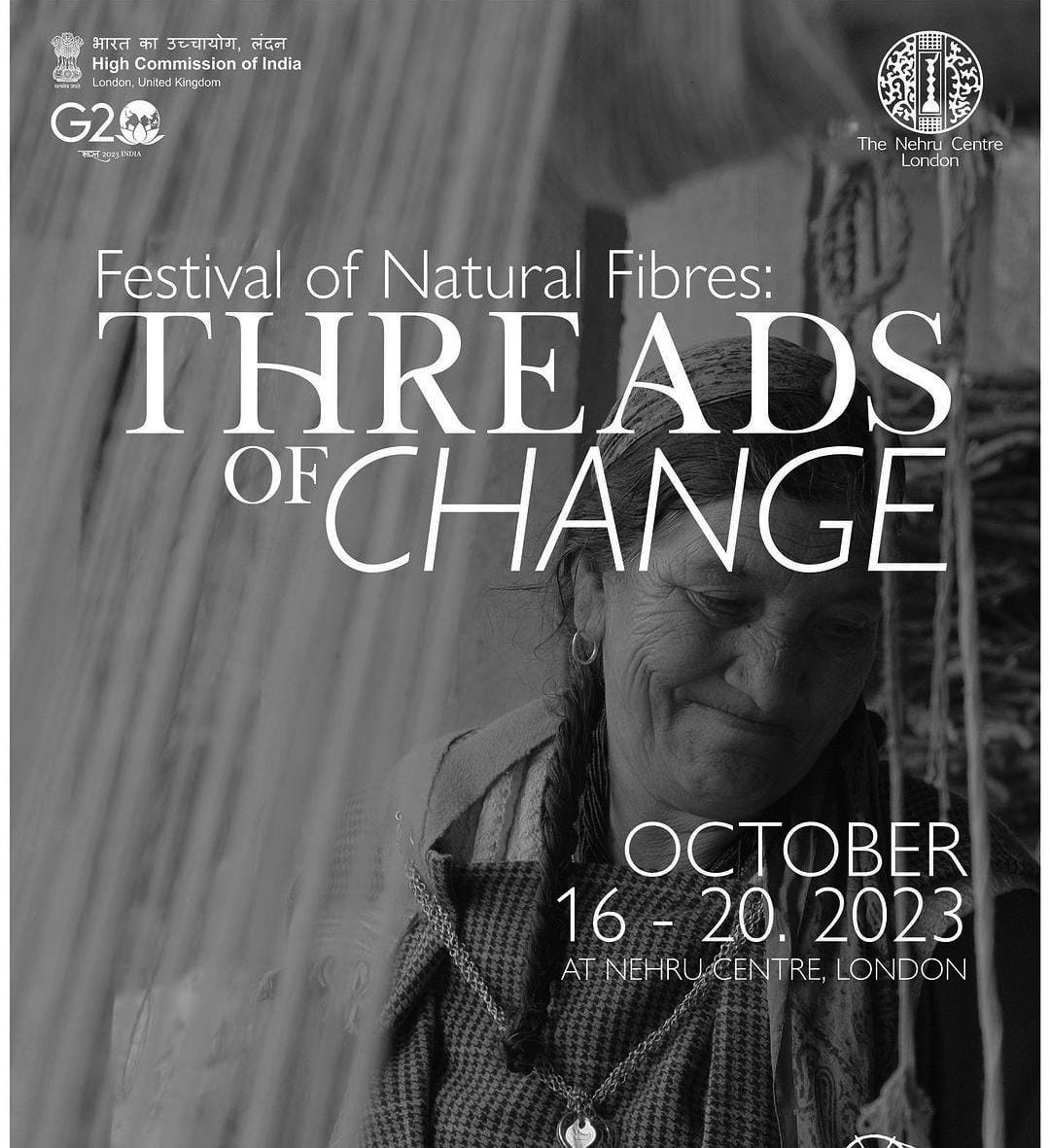
Ajrakh prints from Sindh province in Pakistan are quite popular in India. The work of Ajrakh printing is done in regions like Barmer in Rajasthan and Kutch in Gujarat, although Barmer is not as well-known for this craft. After ten years of hard work and dedication, Dr. Madan Meena and his team were successful in taking Barmer’s Ajrakh prints to an international level. Their project, “Sindh to Barmer,” is soon going to be showcased at the Khadi London Exhibition. The Daily Guardian interviewed Dr Madan Meena and here is an edited excerpt from their interview, which delves into their journey and what makes Ajrakh printing special:
Q: Ajrakh printing is quite special in itself. Where did you start, and how did the idea of working on Ajrakh come to your mind?
A: I am an artist, and in addition, I teach at NID, NIFT, and NIASD. My favourite subject here is Craft Documentation. Along with this, I also do independent research on culture. During this time, I have collected several Ajrakh prints. I have a unique collection of Ajrakh prints from Pakistan, Barmer, and Kutch. I have always been interested in researching textiles. During this research, I came to know about Ajrakh prints from Barmer. Whenever we talk about Ajrakh, we usually think of Sindh or Kutch, but nobody talks about Barmer. The representation of Barmer’s Ajrakh is not even found in any museum. When I went to work in Barmer, I thought it was a wonderful art that the world should know about.
Q: So can it be said that Ajrakh has determined India’s journey from Pakistan?
A: Look, Ajrakh originally originated in Sindh. But when we talk about Kutch, Barmer, and Sindh’s Ajrakh, we find various variations. In terms of language, and songs, many things have changed, but some aspects remain the same. Additionally, the types of wood used for colouring and printing are quite different. In Barmer, this art is practised by Brahmin Khatri, and they use Rohida and Shisham wood. Keekar wood is used in Pakistan, and Sagwan wood is used in Kutch, and Muslim Khatri people work on this art.
Q: How has the journey to take Ajrakh to Khadi London been?
A: The people organising the natural fibre exhibition invited us about three months ago. For this exhibition, the people from Khadi London asked us for some blocks, fabric samples, and a description, which we named ‘From Sindh to Barmer.’ In this exhibition, we have also sent a masterpiece by Rana Mal Jethanand Khatri, who is an Ajrakh artist. I have also sent a sample of my art, which shows my entire journey from Kota to Barmer and how I developed an interest in Ajrakh print.
Q: Having observed Ajrakh printers up close, can you tell us what kinds of challenges these artists face?
A: Currently, there are hardly any printers above 50 years of age. The younger generation doesn’t practice this art using traditional methods. They prefer using new technologies. In Barmer, only 1 or 2 people are left who practice Ajrakh block printing using traditional methods.